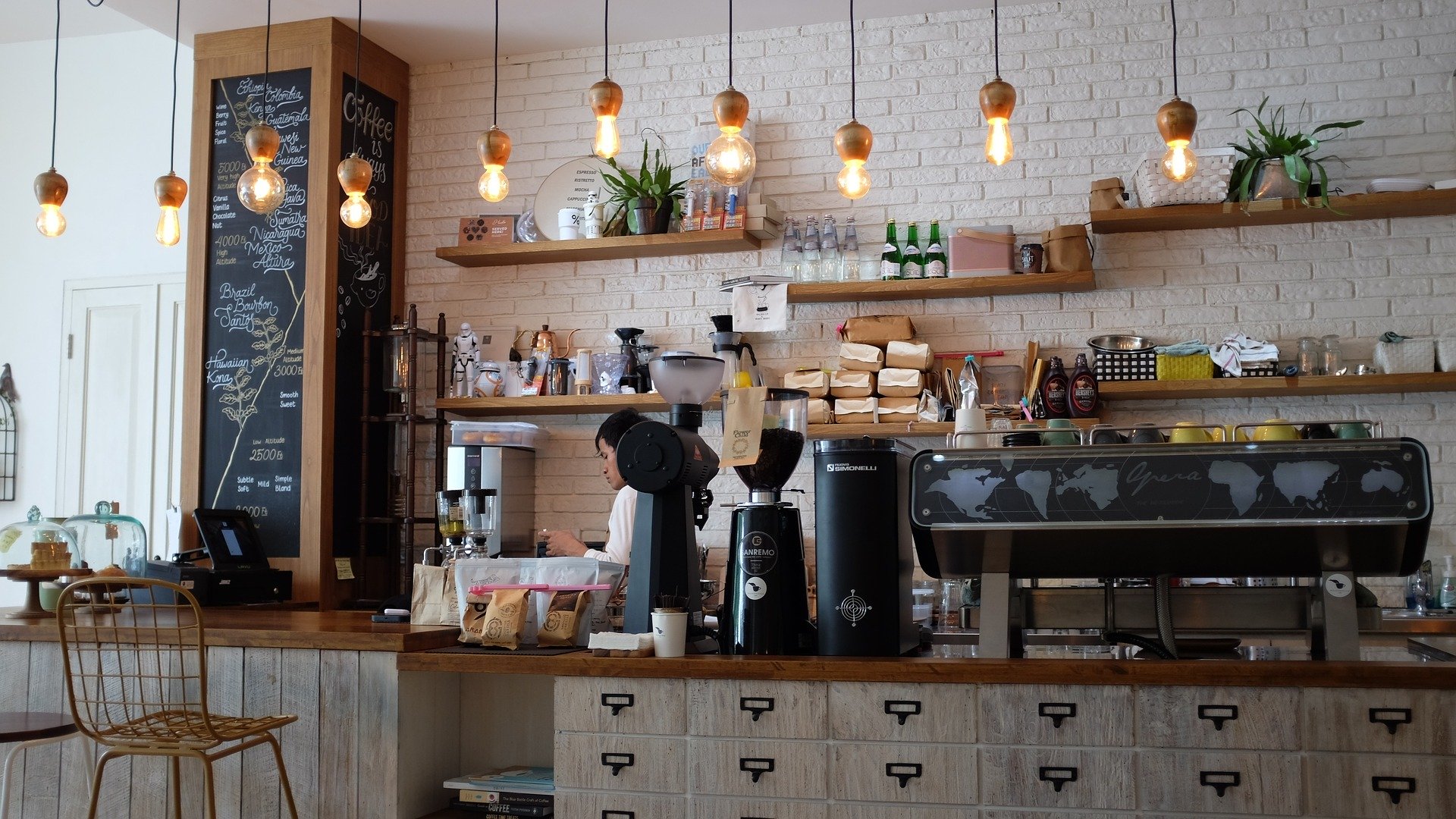A message to diners post-lockdown: just stop it!
I’ve worked in hospitality for years and early on I learned that this business really is about managing people. But never before has it been as challenging as during the past two weeks, as COVID-19 restrictions eased.
Eased? Does that mean easier, because… fewer people?
We wish.
Anyone who works in hospitality knows the past three months have been pretty rough.
Whether you lost your job when the lockdown hit, or adapted to working in a new takeaway business model while carefully abiding to social distancing regulations, for most businesses and employees it’s been an uphill battle.
In inner-city Melbourne’, restrictions eased on June 1 to allow 20 people to dine in cafes and restaurants.
But has anything really become easier?
Policing people and their movements inside this government-regulated workspace has become another job, or art form, in itself.
Many seem to think the epidemic is well and truly over, and it’s business as usual. What will probably be the term of the year – social-distancing – is nothing but a distant memory in these people’s minds.
But for businesses that don’t want to risk fines, the new normal means elaborate seating arrangements; constant mathematics to make sure there aren’t too many customers inside; wiping, disinfecting and polishing more than you normally would in a lifetime; and directing (or passive aggressively yelling at) people in a way that has reminded me of my first job.
That job was babysitting a five-year old.
If I had a dollar for every time I say, “Sorry, you can’t sit on that table!” or “Please, can you wait outside”, or “Can you not touch that?” I would make my weekly wage in a day.
It’s been a lot of extra work, and for many venues this has not turned into much more extra income.
Even as the number of people inside will increase to 50 and 100 during the coming months, the social distancing rules and one customer per four square metre policy remains. This means the changes will only really apply to big restaurants and entertainment venues that can seat hundreds.
Most smaller restaurants and cafes that can now operate have had to accept huge losses in sales, and some of them, like Ben Shewry’s Michelin-star restaurant Attica, have decided to stay in a lower cost takeaway model until things are all back to normal.
Other eateries, located in busy shopping strips or centres ,have now opened, but will be missing a lot of their customer flow until other restrictions ease.
Cameron Lucas, manager at The Groove Train in Forest Hill Shopping Centre in Melbourne’s east, says that until other shops, cinemas and sports venues in the building are allowed to open normally, the diner is only doing a fraction of expected sales.

Lucas says with the business struggling with lost revenue, he and other manager are doing the bulk of the work with the rest of the staff doing shortened shifts to give everyone some work.
“We’ve already had to cancel three shifts this week, because the turnover just isn’t there,” he says.
Mixed messaging and confusion about social distancing regulations has also caused frustration. While the one customer per four square metres rule regulates the amount of people allowed inside, up to six people are still allowed to sit in a table, but tables have to be set 1.5 metres apart. There are also no regulations on staff, and how they should or could socially distance from their customers.
“We are doing everything right, we are doing all the spacing, taking everyone’s names. But you can go to Bunnings or Woolworths, be in a packed supermarket, a nd have someone sneeze on you, yet here you can sit away from everyone, everything is sanitised and safe, but we can’t do it. It just doesn’t make any sense,” Lucas says.
As someone working on the hospitality frontlines, I have often wondered in recent weeks: is anyone supervising the regulations anymore?
Cameron Lucas wonders the same, and like me, has seen many businesses flaunting the regulations and operating as usual. But for businesses wanting to do the right thing there is no point in risking a $9913 fine.
So while it is wonderful the cafes and restaurants that make Melbourne the great culinary city it is have been able to slowly get back to business, normal is still far away for many of restaurants. Until more social distancing regulations ease and seating arrangements get more relaxed, many Melbourne restaurant owners will continue to struggle.
And for people like me who work in hospitality, it means double the work with the compromise of our own health and safety.
And despite dozens of signs, separated tables, barriers, crosses on the floor and sanitising my hands every five minutes, there is also the realisation that if the virus ever starts to spread widely again, my workplace will be the place that I find myself most vulnerable.


